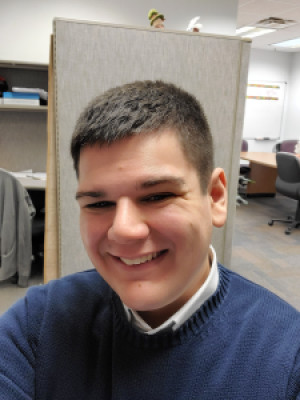60 second medical narration
Description
Read MoreVocal Characteristics
Language
EnglishAccents
North American (General)Transcript
Note: Transcripts are generated using speech recognition software and may contain errors.
the human voice is generated when interaction occurs between three key parts the lungs, the vocal folds within the larynx or voice box, and the articulate er's the lungs provide the pump. They sent airflow as well as control air pressure to the vocal folds, which then vibrate, creating audible pulses that form the layer and Jill Sound. Source. Pitch and tone are fine tuned by the muscles of the larynx, which adjusts in both length and tension. Finally, the articulate ER's located above the larynx, then interact with the Larrin Jill Airflow to strengthen or weaken it. They articulator zehr, composed of the tongue, palette, cheek and lips. Together, the vocal folds and articulator zehr able to create ah, highly intricate arrays of sound. Humans can leverage this mechanism to convey complex emotions, suggesting happiness, fear, sadness, surprise, anger and more.
